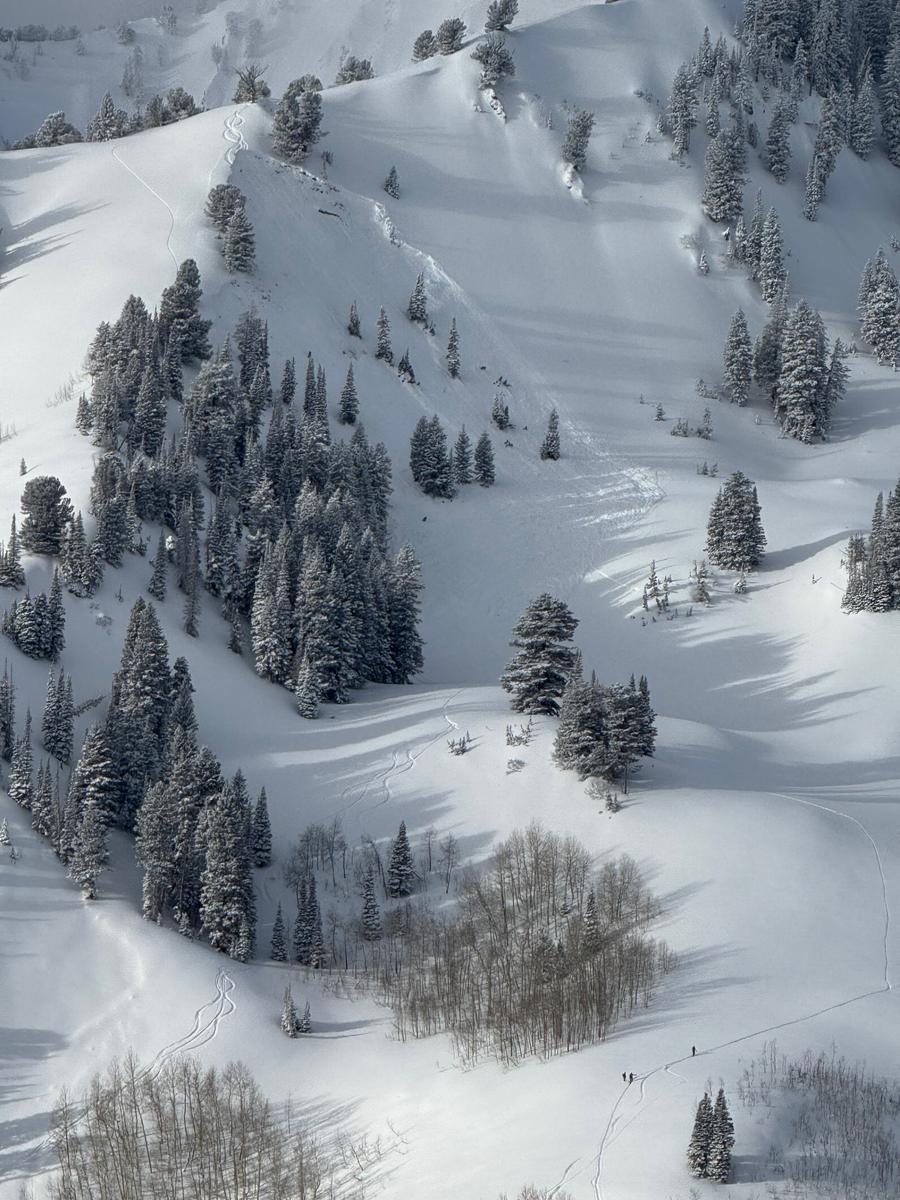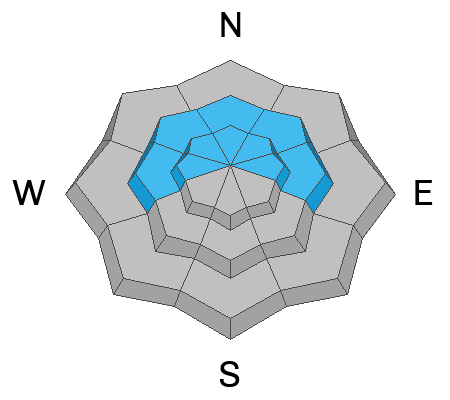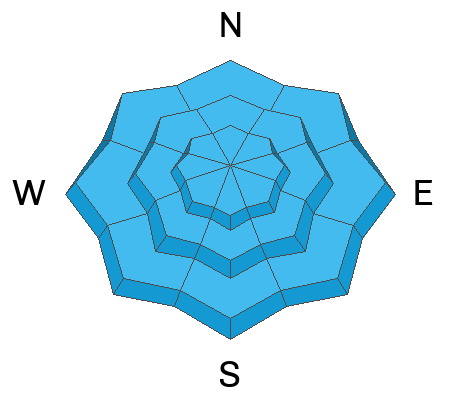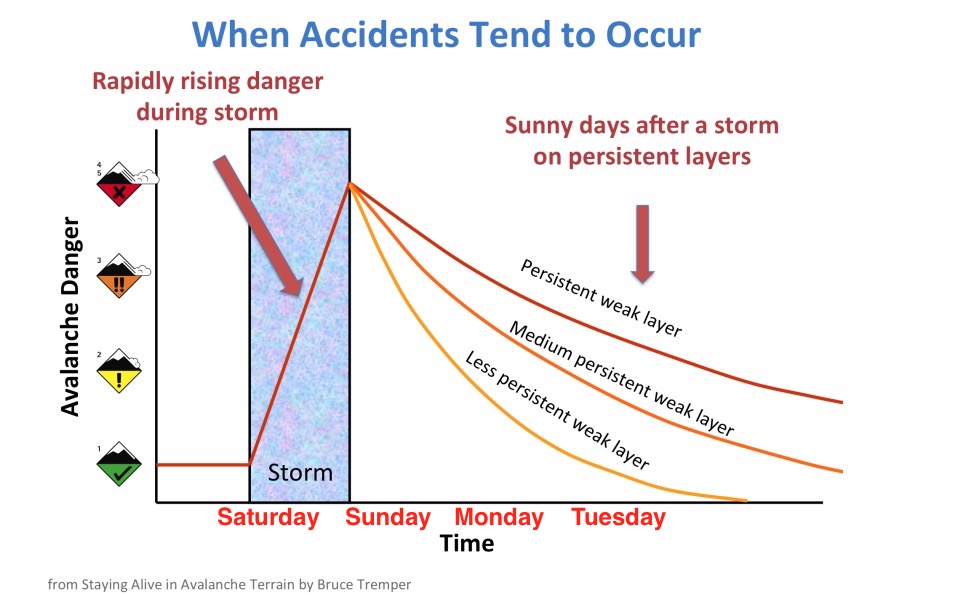Forecast for the Salt Lake Area Mountains

Issued by Dave Kelly on
Monday morning, January 13, 2025
Monday morning, January 13, 2025
The avalanche danger is MODERATE at mid and upper elevations and LOW in the lowest elevation terrain.
MODERATE with a buried persistent weak layer is different than MODERATE with other avalanche types. It will be possible for humans to trigger avalanches 2'-4' deep and up to 400' wide in thin rocky zones or in areas where avalanches have already occurred this season (repeater avalanches).
Cautious route finding and conservative decision making are essential for enjoying this most recent snow.
MODERATE with a buried persistent weak layer is different than MODERATE with other avalanche types. It will be possible for humans to trigger avalanches 2'-4' deep and up to 400' wide in thin rocky zones or in areas where avalanches have already occurred this season (repeater avalanches).
Cautious route finding and conservative decision making are essential for enjoying this most recent snow.
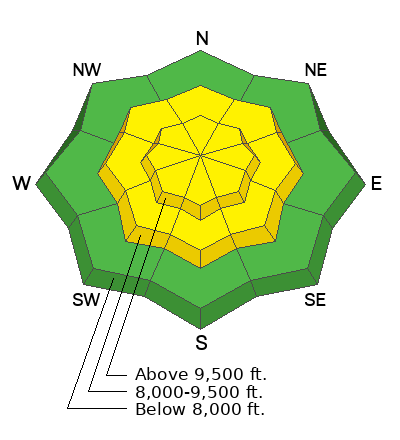
Low
Moderate
Considerable
High
Extreme
Learn how to read the forecast here


